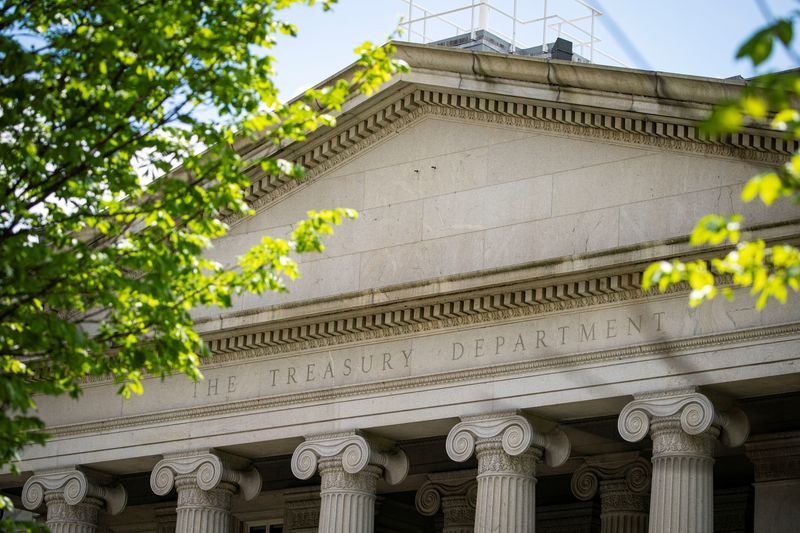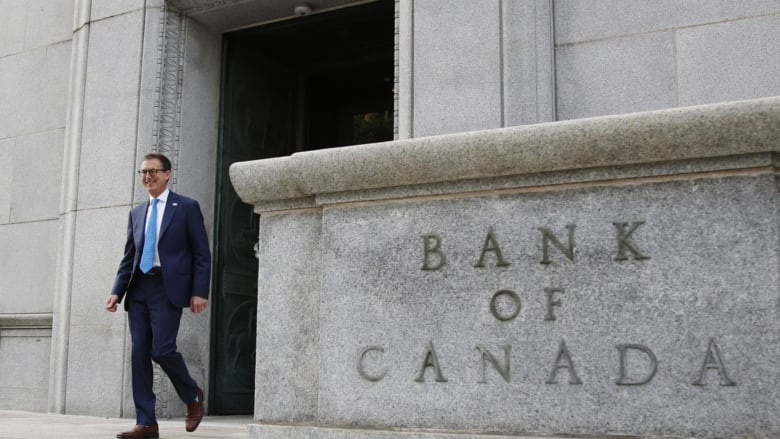
By Jack, Sep 14, 2023, 01:40 PM
In an uncommon turn of events, the U.S. government celebrated an August surplus of $89 billion, a remarkable shift attributed to a $319 billion turnaround in expenses following the Supreme Court’s June decision to invalidate President Joe Biden’s student loan forgiveness program. The Treasury Department disclosed this surprising development on Wednesday.
This August surplus is a significant departure from the usual deficit trend seen in August, marking the first surplus for this month since 1955. In contrast, the deficit for the same period in the previous year amounted to a substantial $220 billion. The government’s receipts in the past month amounted to $283 billion, representing a 7% decline or $21 billion compared to the previous year. Meanwhile, outlays stood at $194 billion after accounting for the student loan reversal, signifying a substantial 63% drop or $329 billion.
The backdrop for this financial twist dates back to the Biden administration’s decision last year to take a $430 billion upfront charge against the fiscal 2022 budget in anticipation of costs associated with the plan to forgive up to $20,000 in student loans for millions of borrowers. This move was in line with a campaign promise made by President Biden. However, the Supreme Court’s conservative majority declared the plan unconstitutional without the consent of Congress, delivering a significant setback to the Democratic president. Following an almost three-year hiatus due to the COVID-19 pandemic, student loan repayments are set to resume on October 1st. President Biden has, however, ordered adjustments to a new income-based repayment program, offering relief to some low-income workers by exempting them from making payments.
With just one month remaining before the fiscal year 2023 concludes on September 30th, the government’s year-to-date deficit has mounted to $1.524 trillion. This marks a striking 61% increase compared to the $946 billion budget gap recorded for the same period in fiscal 2022.
Notably, the 11-month deficit nearly aligns with the White House’s most recent forecast of a $1.543 trillion deficit for the full fiscal year, signaling a resurgence of rising deficits in the United States after a period of decline during the first two years of President Biden’s tenure.
Year-to-date receipts have tallied $3.972 trillion, showing a 10% decline or $434 billion compared to the previous year. This decline can be attributed primarily to lower non-withheld individual income tax receipts, increased tax refunds as the Internal Revenue Service processed a substantial backlog of unprocessed paper tax returns, and notably diminished Federal Reserve earnings due to higher interest rates.
Year-to-date outlays, on the other hand, amounted to $5.496 trillion, reflecting a 3% increase or $142 billion, partly influenced by the effects of the student loan reversal. Additionally, the Treasury’s net interest cost for this period surged to a record $808 billion, marking a significant 19% increase or $130 billion from the prior year.
It’s worth noting that a Treasury official clarified that although the nominal interest cost reached a record high, it was not unprecedented as a share of Gross Domestic Product (GDP). In fact, it was higher as a share of GDP during the 1980s and 1990s. As a closing note, the weighted average interest rate on U.S. Treasury debt stood at 2.92% in August, a notable increase from the 1.97% recorded in August 2022.
Also Read
• FHA Grants Waiver to Enhance Accessibility of Government-Insured Mortgages
• 8 FAQ’s The Legal Landscape of Shiba Inu
• Paxos, PayPal’s Partner, Exceeds $510,750 in Bitcoin Transaction Fee, Setting a New USD Record










